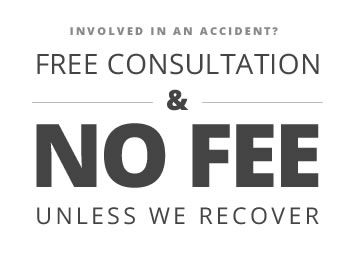Competitive advantage is the reason automakers are constantly adding new bells and whistles with every newly released model, but the benefit to motorists is that auto safety features continue to evolve. It is the position of the National Highway Traffic Safety Administration (NHTSA) that fully automated driving systems will take over driving tasks, eliminating the human element behind many crashes. There are almost 39,000 fatalities from motor vehicle crashes every year, while hundreds of thousands of victims suffer injuries from traffic collisions. Ideally, self-driving cars would eliminate these tragedies.
However, the road to full automation is a long one. The technology is not there yet, but NHTSA anticipates that the US may see driverless vehicles within our lifetimes. There is still a high risk of crashes until the goal is reached, so you will need help from an experienced Baltimore County auto accident lawyer if you are affected. Here are some details on the NHTSA’s Five Eras of Safety.
1950 to 2000
The newest safety features on automobiles manufactured during this period are now mostly universal or even mandatory under federal regulations. Seatbelts are one of the most effective, impactful safety mechanisms ever installed, while antilock brakes have also reduced the likelihood of a collision. This is also the era of cruise control, a convenience that will become a key safety feature in future decades.
2000 to 2010
During this decade, automakers began focusing on advanced safety features made possible by sensors, cameras, and onboard computers. The threat of auto accidents is reduced by:
- Blind spot detection;
- Electronic stability control;
- Lane departure warning; and,
- Forward collision warning.
2010 to 2016
Where the technology from the 2000s aimed to alert drivers about threats, models produced during these years actually empower the vehicle to take action. Instead of just a warning, the onboard computer will apply automatic emergency braking to prevent rearend collisions and pedestrian accidents. There are also rearview video systems to enhance motorist visibility and lane centering assist to keep the vehicle steady.
2016 to 2025
We are currently heading toward the end of this era, and signs of partial automation are evident. There is no system that completely takes over for the driver, so motorist interaction will remain an essential element of safety.
2025 and Beyond
In time, NHTSA predicts that vehicle computer technology will take over for drivers completely. The driving force will be vehicle-to-vehicle communication (V2V), enabling autos to avoid collisions by talking to one another.
Contact a Maryland Car Accident Attorney to Learn About Your Options
There is still a long way to go on the road to full automation and self-driving vehicles, so motorists are still at risk of being hurt when careless drivers are behind the wheel. You have legal remedies, so trust Attorney Michael A. Freedman to assist with getting fair compensation for your losses. To learn how we can help, please contact us to set up a case review. You can reach our offices in Owings Mills or Glen Burnie by calling 410.363.6848 or visiting our website.



